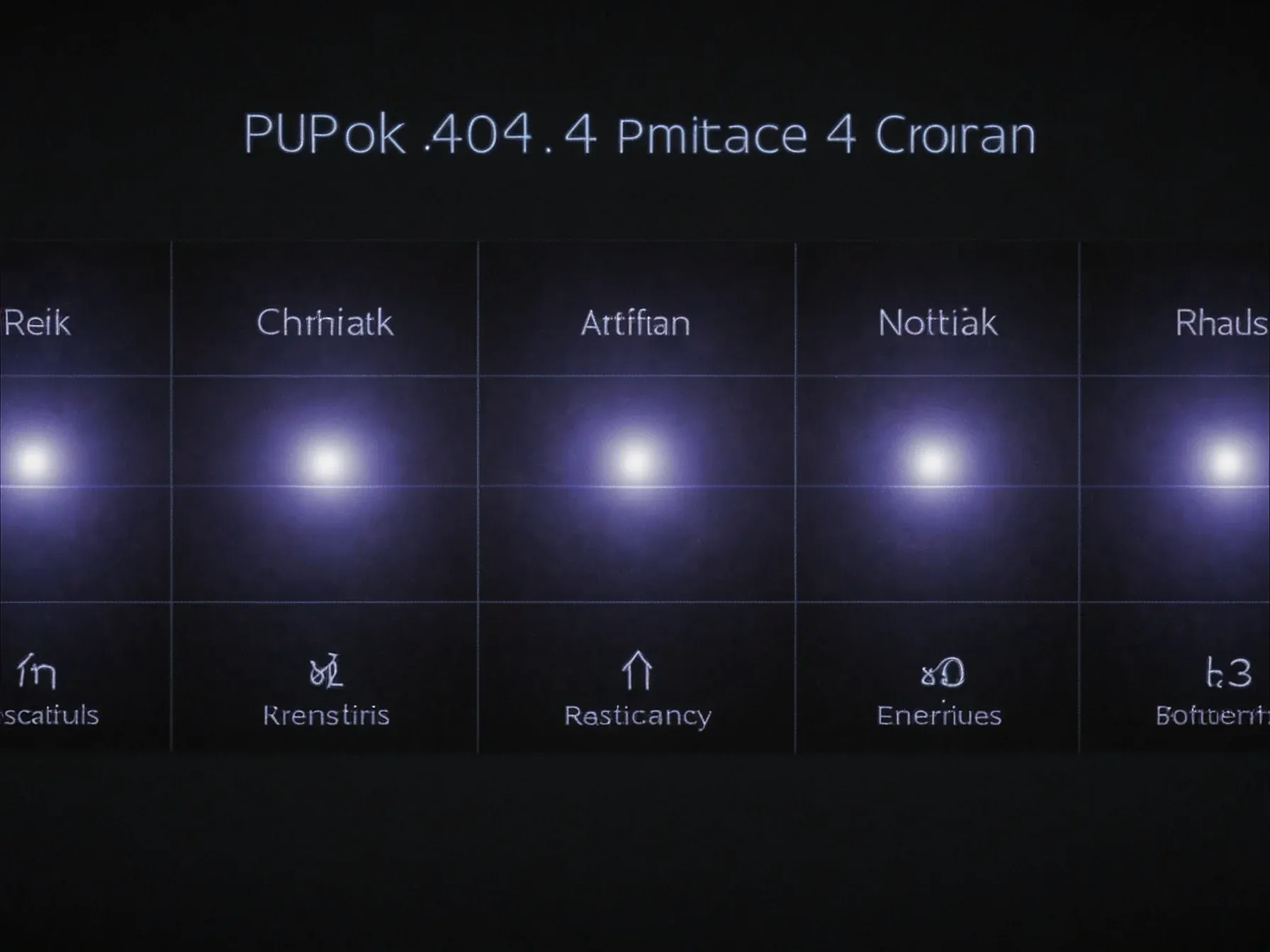
Grok 4.1 Thinking mode and standard version both perform strongly vs Gemini 3
Why does the showdown between Grok 4.1 and Gemini 3 matter right now? Both models have been benchmarked across a suite of tasks that range from basic language understanding to more nuanced reasoning. While Gemini 3 has been the headline‑grabber in several recent reports, the numbers coming out of the latest evaluation paint a more layered picture.
The test set includes standard prompts, code generation challenges, and a handful of “advanced” scenarios that push the limits of context handling. In this mix, Grok 4.1 appears in two configurations—a baseline version and a higher‑capacity mode that promises deeper processing. Early results suggest that each variant holds its own against Gemini 3, yet there’s a noticeable edge when the more powerful setting is applied.
The data also hint at where Grok 4.1’s strengths lie when it isn’t directly compared to a rival. All of this sets the stage for the next point, which breaks down exactly how the two flavors of Grok 4.1 perform.
But they reveal what Grok 4.1 excels at on its own turf. Grok 4.1 comes in two flavours - the standard Grok 4.1 and the higher-capacity Grok 4.1 Thinking mode. Both show strong performance, but the Thinking variant naturally edges ahead in advanced tasks.
These scores show that Grok 4.1 is highly creative, emotionally intelligent, and far more factual than its predecessor. With top-tier Elo ratings and a major drop in hallucinations, Grok 4.1 can deliver sharp, reliable responses across a wide range of tasks. Metrics xAI did NOT publish, but shows the prowess of Gemini 3 Pro and Deep Think models.
Both models claim to be their creators’ “best one yet.” Gemini 3 arrived with fanfare, and Grok 4.1 hit the market in two flavors: a standard version and a higher‑capacity Thinking mode. The testing described shows Grok 4.1 performing strongly across the board, and the Thinking variant naturally edges ahead on advanced tasks. Yet Gemini 3’s results are not detailed here, leaving a direct, side‑by‑side ranking ambiguous.
Is the edge enough to crown a clear winner? The evidence points to Grok 4.1’s competence, especially when its Thinking mode is engaged, but without comparable metrics for Gemini 3 the picture remains incomplete. Consequently, while Grok 4.1 demonstrates high performance, whether it surpasses Gemini 3 overall cannot be confirmed from the available data.
In short, the head‑to‑head showdown highlights Grok 4.1’s strengths, particularly in its premium configuration, but the ultimate verdict on “the best AI of 2025” stays uncertain pending further comparative analysis.
Further Reading
Common Questions Answered
How does Grok 4.1 Thinking mode compare to the standard Grok 4.1 in advanced tasks?
The Thinking mode of Grok 4.1 naturally edges ahead of the standard version on advanced tasks, delivering higher performance scores. This advantage is attributed to its higher capacity, which allows it to handle more nuanced reasoning and complex context handling.
What improvements in factual accuracy and hallucination rates does Grok 4.1 show over its predecessor?
Grok 4.1 exhibits a major drop in hallucinations and is described as far more factual than its predecessor. These improvements contribute to sharper, more reliable responses across a wide range of benchmark tasks.
Why is the comparison between Grok 4.1 and Gemini 3 considered ambiguous in the article?
The article notes that Gemini 3’s detailed results are not provided, making a direct side‑by‑side ranking unclear. While Grok 4.1 shows strong performance, the lack of comparable Gemini 3 data prevents a definitive winner from being crowned.
What role do top‑tier Elo ratings play in evaluating Grok 4.1’s performance?
Top‑tier Elo ratings are highlighted as evidence of Grok 4.1’s strong performance across the benchmark suite. These ratings indicate that Grok 4.1 consistently outperforms many competing models in both standard and advanced scenarios.




